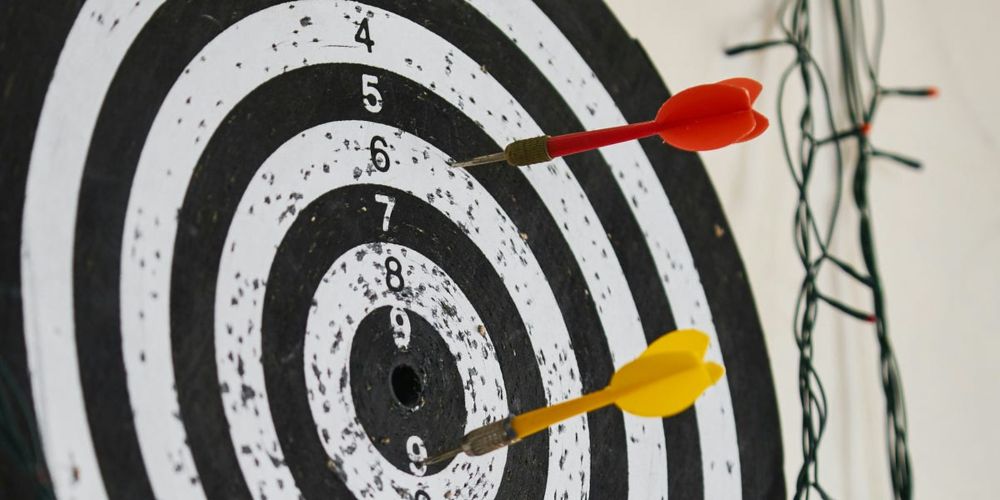Caitlyn Cardetti, PhD
@caitlyncardetti.bsky.social
1K followers
2.5K following
470 posts
*Views are my own
📖Editor at BMC Biology @bmc.springernature.com
🦠Part-time community college prof
🧘🏻♀️200 hour RYT
📍 Philadelphia
Past:
🔬Postdoc Thomas Jefferson University
🧬PhD @stonybrooku.bsky.social
🧪BS @mnstatemankato.bsky.social
Posts
Media
Videos
Starter Packs
Reposted by Caitlyn Cardetti, PhD
Reposted by Caitlyn Cardetti, PhD
Reposted by Caitlyn Cardetti, PhD
Reposted by Caitlyn Cardetti, PhD
Reposted by Caitlyn Cardetti, PhD
Reposted by Caitlyn Cardetti, PhD
Reposted by Caitlyn Cardetti, PhD
Reposted by Caitlyn Cardetti, PhD
Reposted by Caitlyn Cardetti, PhD
Reposted by Caitlyn Cardetti, PhD
Reposted by Caitlyn Cardetti, PhD
Reposted by Caitlyn Cardetti, PhD





















